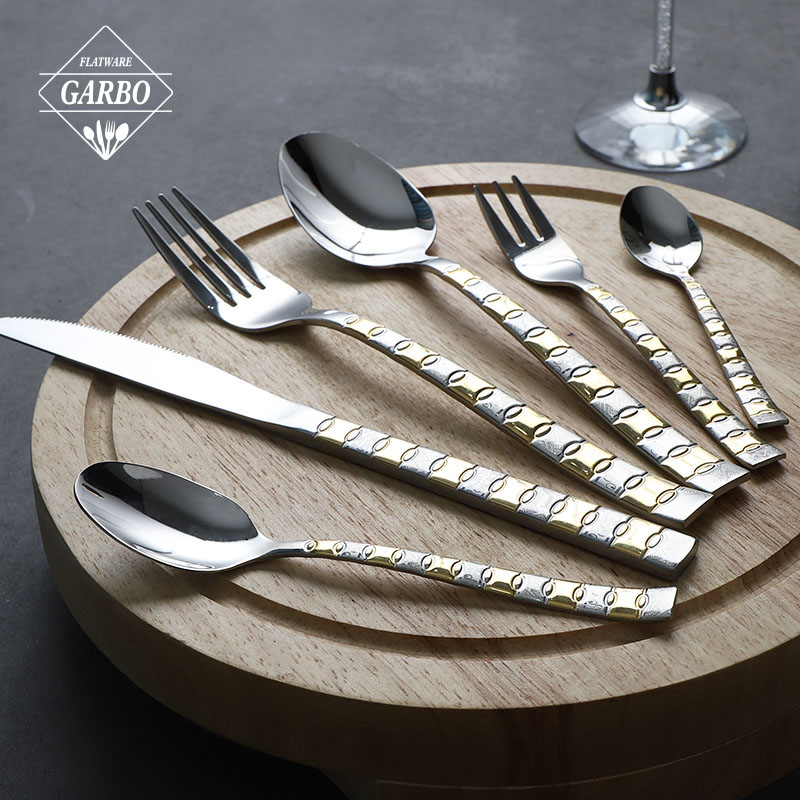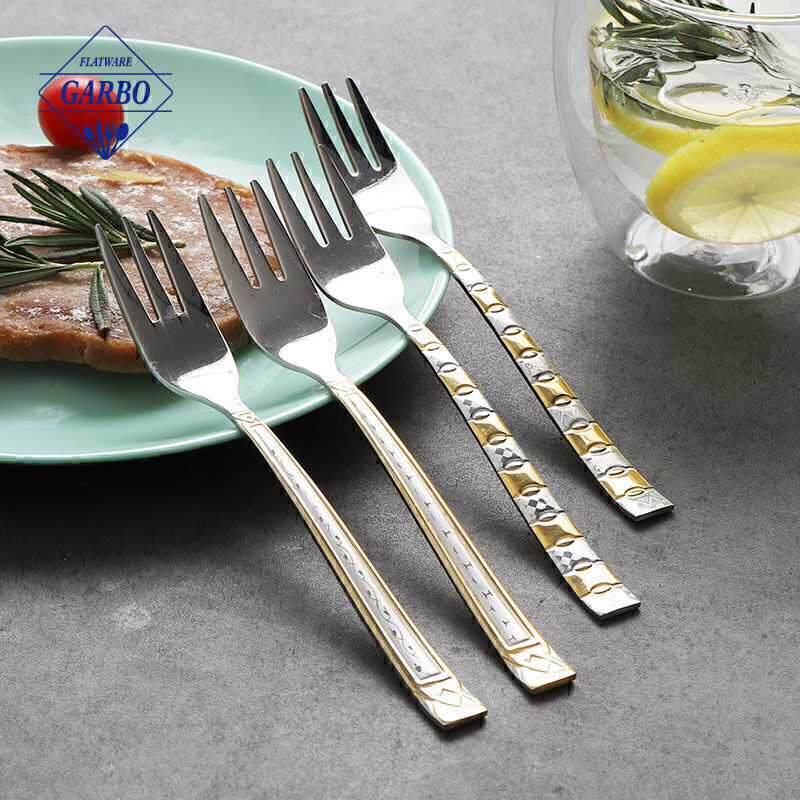Pulished on Apr. 10, 2023
Stainless steel tableware has been a staple in households and restaurants for decades. Its durability and resistance to corrosion have made it a popular choice for both everyday use and special occasions. However, the design of stainless steel tableware has undergone a significant transformation over the years, from traditional to modern.
Traditionally, stainless steel tableware was designed to be functional and simple. The focus was on durability and practicality, rather than aesthetics. Flatware, for example, was typically straight and simple, with no embellishments or decorations. The emphasis was on the quality of the material rather than the design.
However, as time went on, designers began to experiment with the design of stainless steel tableware. In the 1960s and 1970s, a new era of tableware design emerged. This was the era of the "space age," and tableware design reflected this futuristic aesthetic. Designers incorporated sweeping curves and bold, geometric shapes into their designs. Flatware became more fluid, with curved handles and tapered tines.
In the 1980s, stainless steel tableware took on a more minimalist look. Designers focused on simplicity and clean lines, eschewing the ornate and decorative designs of the past. Flatware became sleeker, with thinner handles and less bulky tines. The emphasis was on functionality and simplicity.
In the 1990s, stainless steel tableware became even more modern and avant-garde. Designers experimented with asymmetrical shapes and unconventional materials. Flatware handles became more sculptural, with twists and turns that were both functional and aesthetically pleasing.
Today, stainless steel tableware design is more varied than ever. Some designers embrace a classic, traditional look, while others push the boundaries with innovative designs that incorporate unconventional materials and shapes. Flatware can be sleek and minimal or highly decorative, with intricate patterns and designs etched into the surface.
The evolution of stainless steel tableware design reflects broader changes in design aesthetics over time. As society changes and new technologies emerge, designers are constantly pushing the boundaries and reimagining what is possible. Stainless steel tableware is just one example of this ongoing evolution, but it is a particularly interesting one because it has been so ubiquitous in our lives for so long.
In conclusion, the design of stainless steel tableware has come a long way since its early days. From functional and simple to modern and avant-garde, the evolution of stainless steel tableware design reflects the broader changes in design aesthetics over time. Whether you prefer a classic, traditional look or a more contemporary and innovative design, there is sure to be a stainless steel tableware set that fits your style and needs.


Looking for Flatware Supplier?
OEM&ODM RequestRequest for Quotation?
Get Factory PriceAny Confusion?
Speak With SalesmanWe deliver the quality and value your flatware needs, on time and within budget.
Contact UsODM&OEM Service
Our flatware is certified by leading retailers including Walmart, Tesco, Costco, Lidl, Target, and METRO, ensuring the highest quality standards.
Experience seamless service from design to export with our one-stop solutions. Our team simplifying your export process and allowing you to focus on growing your business.
Choose from a range of eco-friendly and customized packaging options to suit your specific needs. Our packaging solutions are designed to protect your products while reducing environmental impact.
Our efficient supply chain ensures timely delivery of your custom cutlery, minimizing lead times and keeping your business operations running smoothly.
Comprehensive support & satisfaction guaranteed.